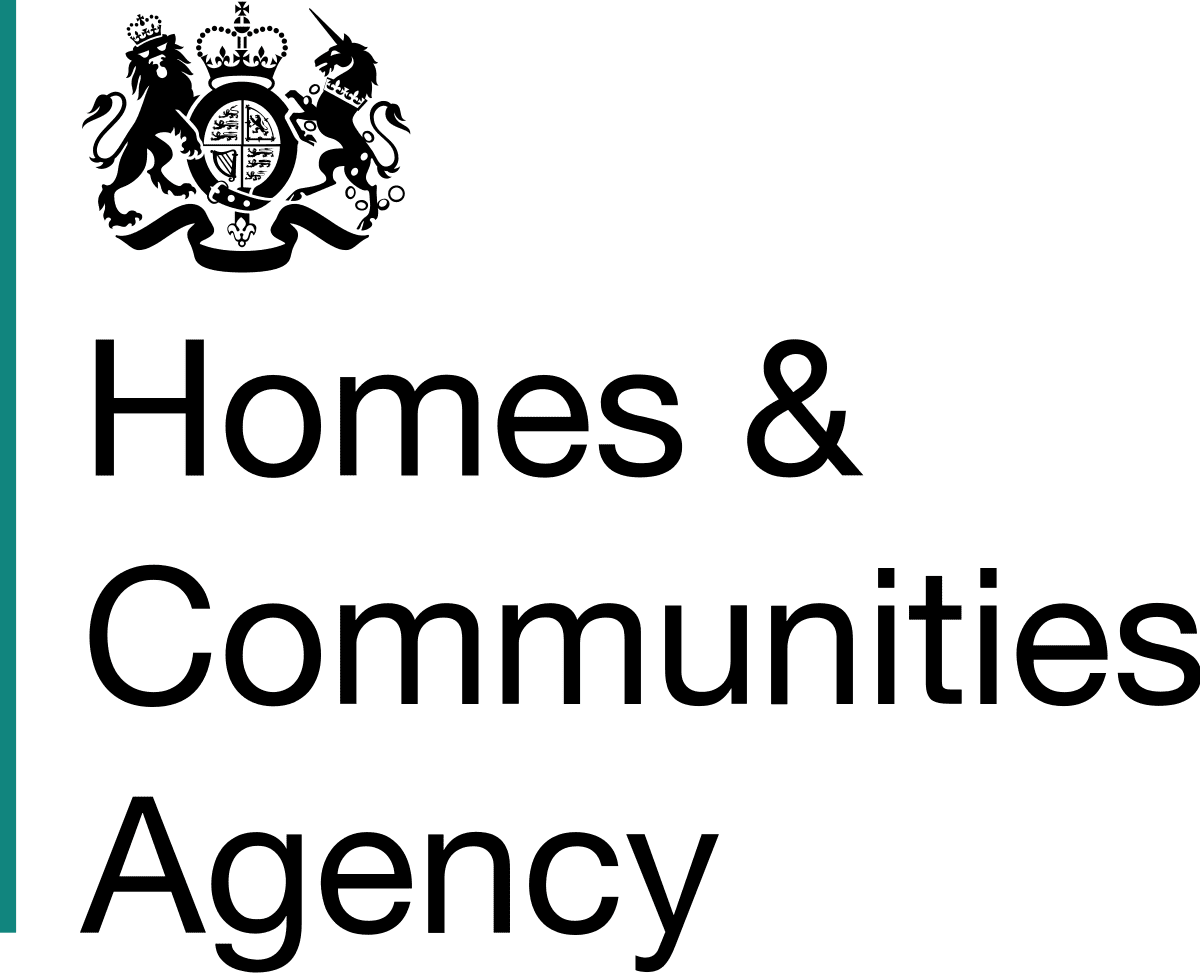CASE STUDY
Homes and Communities Agency
UK Government
Homes and Communities Agency
UK Government

The Homes and Communities Agency (HCA) is the UK government’s housing, land and regeneration agency, and the regulator of social housing providers in England. Around 900 people work at the HCA in offices across England. The Agency is responsible for:
The HCA’s Lean Continuous Improvement programme was launched during May 2016 with a programme of awareness raising delivered during the Summer. Eight improvement projects commenced during Autumn 2016 to progress a first phase of processes improvement projects, which are largely due to complete around Spring 2017.
Mark Canning talks to Catalyst about the practicalities and benifits of running a Lean Programme in the HCA, embarking on a Lean Six Sigma journey from scratch and leading the way to significant efficiency improvements and more capable staff.

Senior Project Manager at Homes & Communities Agency
Video Interview with Mark Canning after a Green Belt show & tell
There were two key prompts which stimulated the HCA’s Lean Continuous Improvement Programme:
Delivering Efficiency Savings
The Department for Communities and Local Government (DCLG), like all Government Departments, had been required by HM Treasury to devise a set of proposals to make efficiency savings across its department and Arms-Length Bodies (the DCLG Group). The efficiency saving required had been agreed between the Secretary of State for Communities and Local Government and Chief Secretary to the Treasury.
The Chancellor’s Autumn Statement announcement on the Spending Review on 25 November 2015 also provided details of the Governments housing priorities for the next four years. A fundamental objective of future HCA activity was to help deliver these priorities while still making the efficiency savings required and yet maintaining a motivated and skilled work force. The expectations of the HCA were a full commitment to, and engagement with DCLG in delivering successful continuous improvement by sharing in both the investment costs and the capability development of staff.
Responding to the HCA Review
In 2011, the Cabinet Office announced that all non-departmental public bodies (NDPBs) should go through a substantive (Triennial) review every three years to assess their capacity for delivering more effectively. The purpose of these reviews is threefold:
The HCA Review was completed in early 2016. The introduction of Lean Continuous Improvement principles and practices was embarked upon to help to support the successful delivery of the Review.
The Homes & Communities Agency had zero prior experience of Lean Six Sigma, which was a totally new concept for the Agency. However, the Agency had been made aware of other Government Departments who had embarked upon such Lean programmes and who had good success with their approach, and this knowledge was shared.
With regards to early governance, the Lean Programme in the HCA was taken forward by a dedicated Programme Board reporting to the Chief Executive and Directors, with a Director acting as Senior Responsible Owner (SRO), supported by a PRINCE2 trained Programme Manager. A series of 8 Champions were trained to support the 8 pilot projects, and these Champions, along with the SRO and Project Manager formed the Programme Board.
The leading experts in Lean Continuous Improvement, Catalyst, were appointed as the training providers in February 2016.
The agreed training programme included Champion, Green Belt, Yellow Belt and Change Management training courses of between one to six days duration. The wider engagement programme to establish advocates through a series one-day awareness work-shops was made widely available to all staff to introduce core tools and skills.
The core Aim of implementing a Lean Continuous Improvement approach at the HCA was to equip staff with the skills, tools and expertise necessary to make the Agency more efficient and effective and support the implementation of new ways of working.
The individual objectives of the HCA Lean Programme are to:
These projects were:
A separate communication plan has been developed. This is helping to communicate with staff and partners, to achieve their ‘buy in’ and involvement in the programme and explain how it will impact on them i.e. managing the impact of change, improved and streamlined processes, improved service, greater job satisfaction, and career development opportunities. A poster campaign was run throughout all offices to promote visits to the Intranet landing page. Three HCA Lean News Stories run on HCAnet generated 2,000 views, whilst eight Blogs generated 2,500 views.
Benefits to date have included:
o Elimination of waste in day to day ways of working;
o More efficient delivery of Government programmes;
o Improved satisfaction of Partners;
o Improved value and reduced costs of delivering HCA activities.
A lesson learned exercise undertaken after the completion of the phase 1 pilot projects yielded the following advice:
o Those taking just a few hours to complete – the ‘Just Do It’ project
o Those taking a few days – Rapid Improvement Projects
o Those taking weeks / months – DMAIC Six Sigma Green Belt Projects (as per the current 8 projects being progressed in the HCA).
The HCA Lean Continuous Improvement Board will continue to reinforce and embed the Agency’s Lean Capability across the performance culture of the Agency. Next steps to successfully deliver this will include:
Further activity will include:
The Lean Continuous Improvement Board noted that there are probably three very different types of Lean improvement project:
The Lean CI Board accordingly recognised the need to have some form of a simple tool kit, which did not readily exist, which enables everyone to apply Lean principles to their role and to be empowered to act to save time and money through ‘Rapid Improvement Projects’.
Given the above, a bespoke Lean Rapid Improvement tool has been developed – Lean Light. This is essentially a bringing together of the HCA’s current approach on its large Lean projects, distilled down to a technique captured under 3Cs (concern, cause, countermeasure), that has then been captured on a single side of A3. This rapid improvement tool is being rolled out via the current training programme, with a demonstrator example of this approach being illustrated to staff – the HCA finance code generator project, which was a simple two day Lean business improvement project that will realise savings of £10k per annum. This Lean Light approach has proven very popular with staff.
This interview case study is an excerpt from our book Lean Six Sigma for Leaders
You can find the book and learn more about Lean Six Sigma on Amazon.